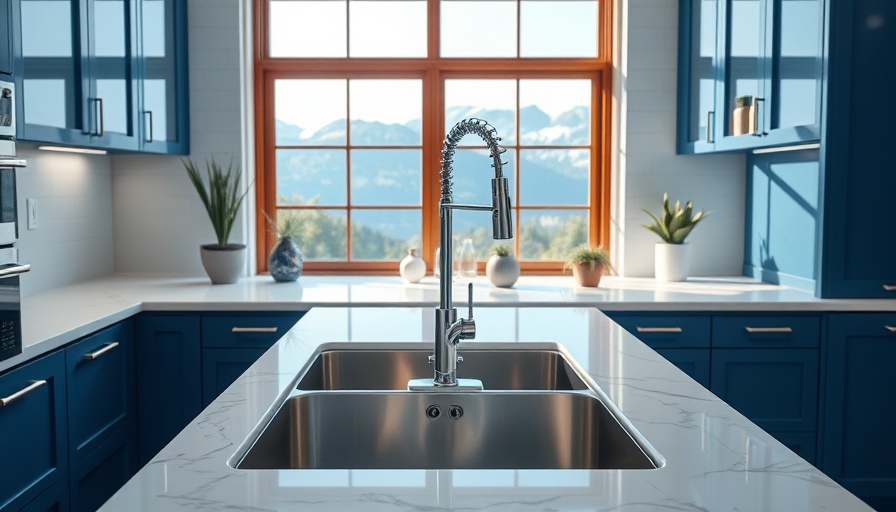
What’s That Dome? Understanding the Air Gap Next to Your Faucet
If you’ve recently moved into a new home or rented a place and found a curious dome-shaped gadget near your kitchen faucet, you might be asking yourself, “What is that thing next to my faucet?” Known as an air gap, this handy device plays a crucial role in your kitchen plumbing, particularly if you have a dishwasher.
What is an Air Gap and How Does It Work?
The air gap is not part of the faucet itself, but rather a component of the sink drainage system, specifically designed to ensure that water from your dishwasher is directed safely down the drain. This unique mechanism safeguards against backflow, preventing dirty water from contaminating your dishes during wash cycles. In essence, it creates a physical break between the dishwasher and the drain, as plumbing expert Alex Atkinson explains: “If your sink gets clogged and water starts backing up, it can’t siphon back into the dishwasher.”
Why Should You Care About the Air Gap?
The air gap provides critical protection against potential plumbing problems. If the dishwasher’s drainage system backs up, without an air gap, you risk the chance of dirty water flowing into your clean dishes. The air gap's design allows any excess water to escape harmlessly out onto your countertop rather than into the dishwasher. This not only preserves the cleanliness of your dishes but also highlights the importance of ensuring that your kitchen plumbing operates smoothly.
Are Air Gaps Mandatory?
The necessity of an air gap can vary by location. Some states require them by law, while others may allow alternative systems such as a high loop without an air gap. It’s essential to check your local plumbing regulations to confirm whether an air gap is mandatory in your area. Regardless, many plumbing professionals recommend using an air gap regardless of the regulations, as it enhances safety and provides an additional layer of protection against contamination.
Practical Maintenance Tips for Homeowners
Understanding tools like the air gap can empower homeowners to effectively maintain their kitchen plumbing. It’s advisable to check your air gap regularly for any build-up of debris or blockages. Here are a few tips:
- Inspect Periodically: At least once a year, take a close look at your air gap. Check for signs of moisture or build-up that may obstruct its function.
- Clean When Necessary: If there’s a blockage, you can easily clean the air gap using warm soapy water. Just remove the dome and clear any debris.
- Watch for Backflow: If you ever notice water leaking out of the air gap, it may signal a plumbing issue elsewhere in your drainage system.
Conclusion: The Importance of Being Informed
Knowing what the air gap is and how it functions can not only help you understand your home’s plumbing better but also empower you to engage in regular maintenance. As we've seen, an air gap is vital for protecting your dishwasher and ensuring that your kitchen remains clean and operational.
If you’re interested in more handyman tips and DIY projects to boost your home maintenance skills, stay informed and be proactive about repairs and upkeep! The more you know about your home’s systems, the better prepared you’ll be for any challenges that arise.
 Add Row
Add Row  Add
Add 



Write A Comment